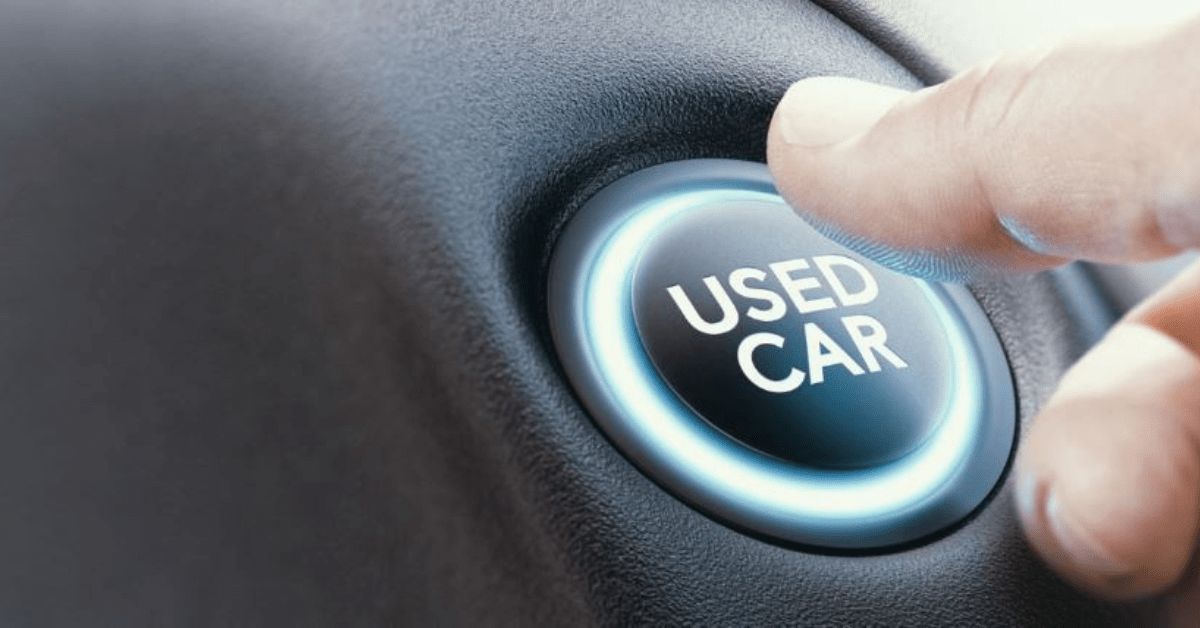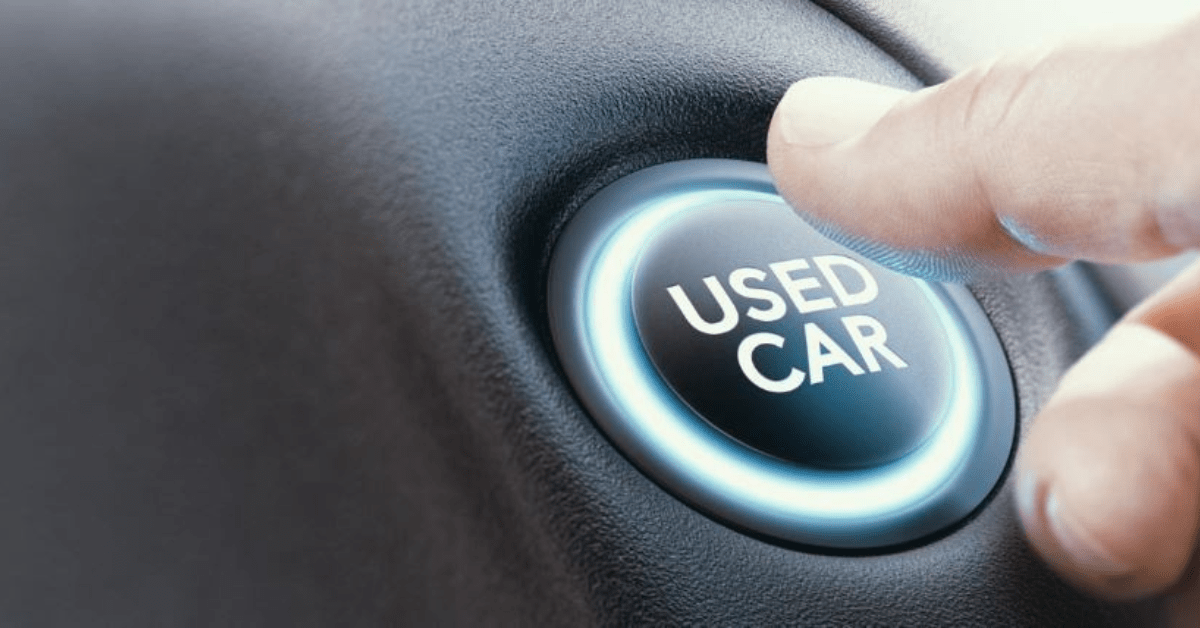Know the proper care and maintenance of vehicle magnets to ensure better durability

Some fast facts about magnetic car signsare that they are available in a wide variety of sizes that suit every vehicle type. You always round up the magnet corners in ½ inches to impede scratches on the vehicle’s paint and prevent the magnetic from fading and peeling off the speeds when you’re driving in high speed.
If you’re planning to install a car magnet, you need to determine the type of material your designated spot will have. You use a range of body materials for constructing modern cars. However, the most common ones are steel, aluminum, plastic, carbon fiber, fiberglass, and fiber reinforced plastic.
- To determine the material type for the surface area, you can consult the owner’s manual or manufacturer specifications.
- If they don’t answer your queries, call the concerned car dealership.
- Another way to quickly determine the magnetism in the area is to use a regular refrigerator for testing the sign.
- Although most of the vehicles plying on the road have chassis and steel body, aluminum is slowly and steadily penetrating the automotive industry.
Cars that aren’t suitable for vehicle magnets are Ford F150, Honda Insight, BMW 3-7 series, Mercury Mountaineer, Land Rover, Range Rover, Plymouth Prowler, and Toyota Camry.
Best care tips
Before knowing the procedure of maintaining magnetic car signs, you need to remember that weekly cleaning and removal of the magnetic signs help thwart magnetic polarization and isolation on the car’s surfaces under the weight of the vehicle magnet.
- Experts recommend you remove the magnetic signs and inspect and clean them after every considerable spell of showers or snowfall.
- Make sure you give sufficient time to the vehicle surface and magnetic sign to completely dry off after cleaning.
- Don’t drag or push the magnet across the car surface. If you any sign repositioning, remove the stuff by pulling it back on one corner. It protects the vehicle’s finish.
- Don’t apply the magnetic car signs over deep curves, trim work, rust, or vinyl vehicle wraps. These things form air voids, which stop the magnetic sheeting from gripping the concerned metal.
- Resultantly, the sign becomes weak and falls off after some days.
- Don’t trap grit or water between the vehicle surface and magnet. Not only does trapping create a huge air gap, it can also damage the vehicle’s luster and finish.
Storing the signs
When you’re not using your vehicle magnet, keep it a clean and dry room at room temperature. Pile up flat magnetic signs on a smooth and level surface. To avoid breaking or cracking, don’t crease or fold the signs.
- Don’t place objects atop the magnets as that could damage the frontal face. Don’t stack them face to face or back-to-back. They could also lose their core magnetic strength.
- It’s also important to prepare the surface. Before you affix your magnetic sign to your car’s metal body, make sure you harden or cure all the waxes, clear coats, and surface paints.
The approximate curing frequencies are 90 days for paint, 60 days for clear coat, and 2 days for waxing.

















